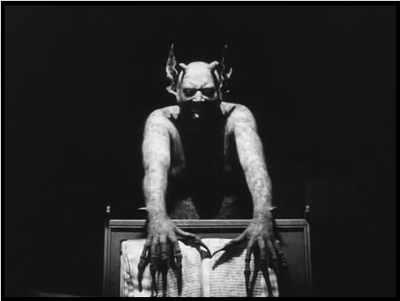My childhood edition of Town in a Snuffbox was published in 1981 and, as you can see by the cover alone, it’s Steampunk as f**k. It’s a tale of a boy who travels inside a wind-up musical snuffbox to find a town called “Din-Din” and anthropomorphic bells, hammers, springs and cogs inhabiting it. The bells tell young protagonist Misha about their life of forced music-making and daily beatings from the dreaded hammer-men. The hammer-men explain that they’re just following orders from their superior, who in turn takes his orders from Queen Spring. Displeased by all the violence an bureaucracy, Misha confronts Queen Spring and brings down the system by uncoiling her.

Here’s a book that probably wouldn’t get published today, at least not in the US, for the mere fact that its premise involves tobacco paraphernalia. But Prince Vladimir Odoevski didn’t write Town in a Snuffbox in modern times. Yep, the author was a prince. He was also a music critic, philanthropist, philosopher, senator and an enthusiastic fan of phantasmagoric storytelling. Oh, and a magazine editor, working on the socio-political Sovremennik with such literary greats as Pushkin and Gogol.

1800s Moscow was brimming with radical-thinking upper-crust entrepreneurs – Odoevski was doing all he could to keep up. Looks like he did a decent job of it, too. He’s recently been credited with predicting blogging in his unfinished utopian novel, Year 4338. From Wikipedia:
Finally, today we received a household journal from the prime minister, where we, among others, were invited to a soiree. You need to know that in many houses, especially those well connected, such journals are published, having replaced regular correspondence. <…> The journals usually provide information about the hosts’ good or bad health, family news, various thoughts and comments, small inventions, as well as invitations; in case of a dinner invitation, also the menu. Besides, for communicating in emergency, friends’ houses are connected by means of magnetic telegraphs that allow people who live far from each other to talk to each other.
Eerie!

The illustrator, Alexander Koshkin, is a contemporary artist, whose vision and watercolor technique make the dreamy tone of the book come alive. I love that though this is a children’s book, the art doesn’t feel dumbed down – sparse backgrounds balance against super-detailed characters so there’s enough room for the imagination. Everything seems to be veiled in warm glowing fog and you can almost hear the music.
Koshkin was one of the first illustrators in the former USSR to branch out internationally. The English-laguage books he’s illustrated can be found here. Check out his version of Alice in Wonderland and click the jump to see more of his art from Town in a Snuffbox. Large scans of all the illustrations are here and definitely worth a look – so much detail!
















